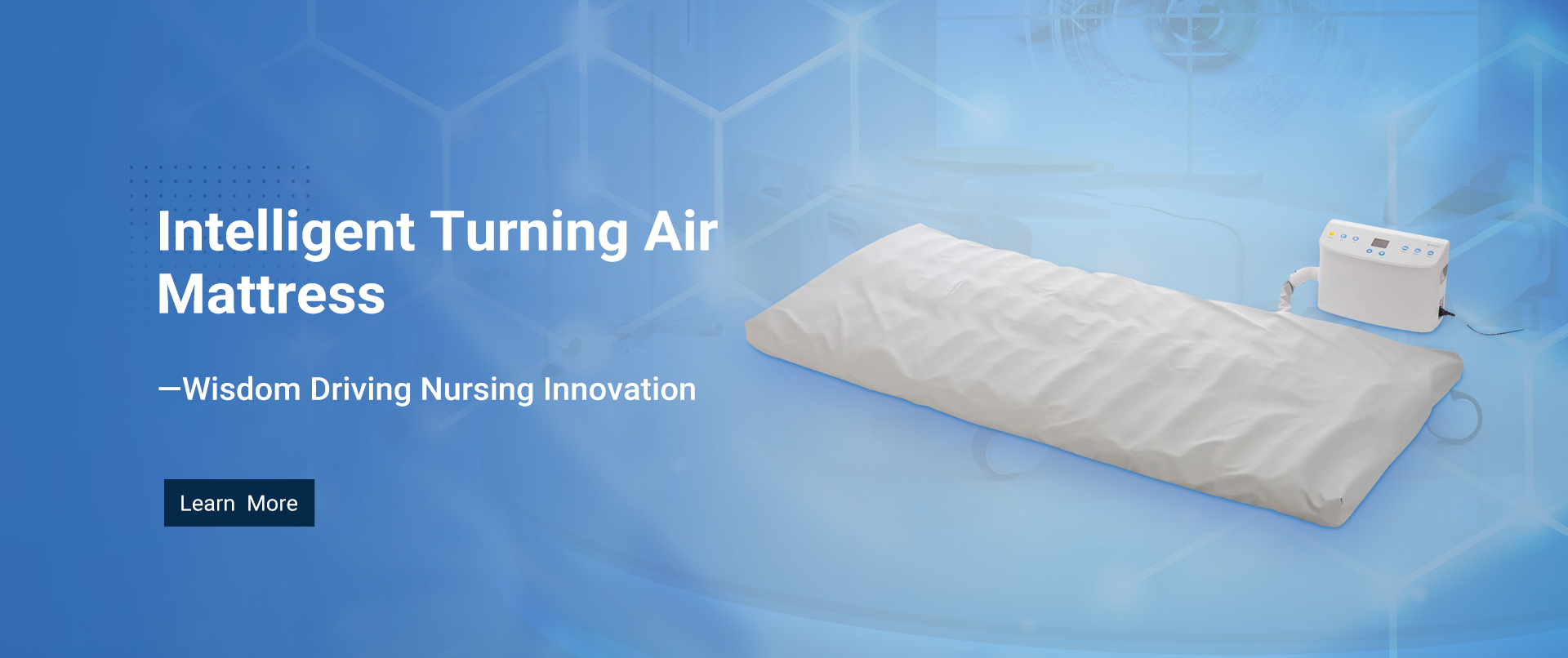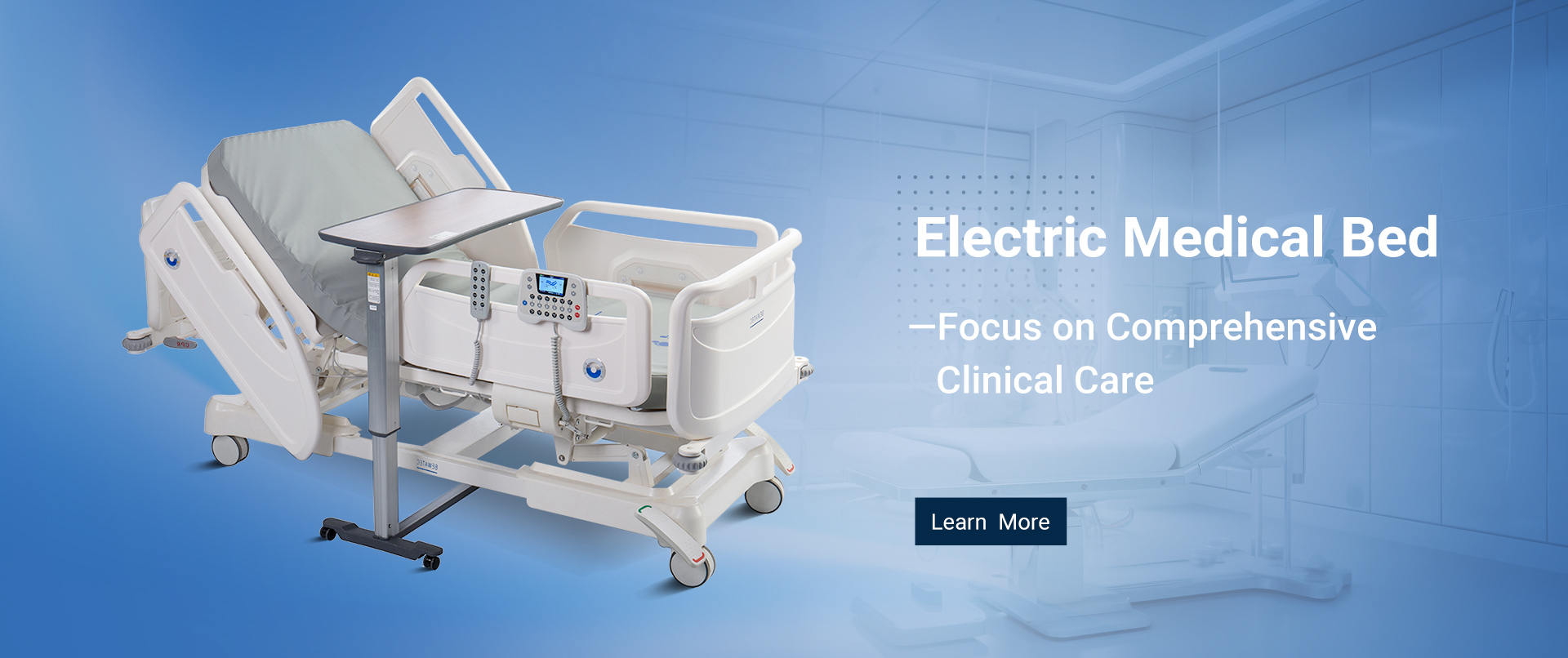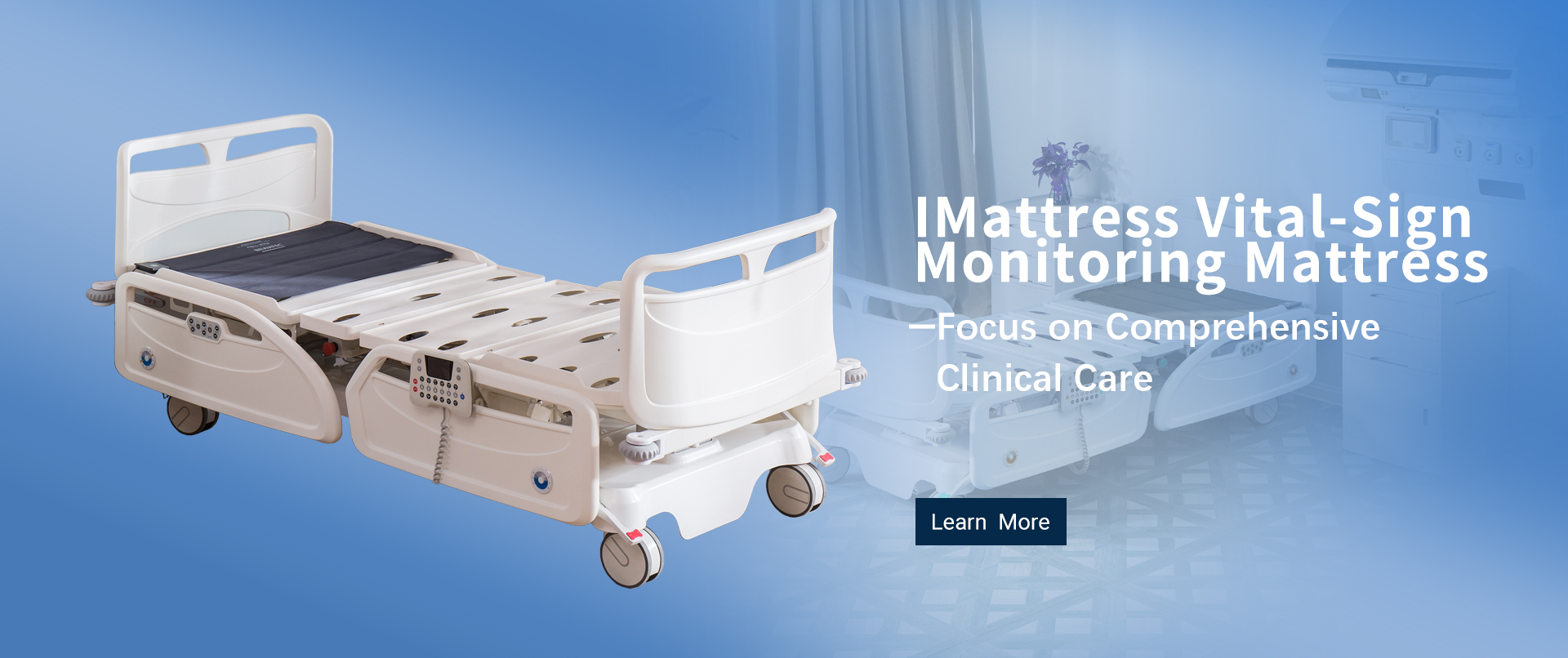As global population aging intensifies, improving the quality and safety of care for elderly patients has become a key focus for the healthcare industry. In China, over 20 million elderly individuals fall each year, with approximately 30% of hospitalized patients suffering injuries from falls, and 4-6% of these patients experiencing severe injuries (Source: “Risk Assessment and Prevention of Falls in Adult Hospitalized Patients”). Additionally, postoperative pneumonia is a common complication following surgery, accounting for 50% of all hospital-acquired pneumonia cases (Source: “Consensus on Prevention and Control of Postoperative Pneumonia” by the Fourth Committee of the Key Infection Control Group of the Chinese Preventive Medicine Association). These statistics highlight the urgent need to improve hospital environments and care quality, with electric hospital beds emerging as a crucial solution to address these issues.
The Multiple Advantages of Electric Hospital Beds
Electric hospital beds, with their advanced technology and design, offer significant benefits in enhancing patient safety and care quality. Here are some key advantages of electric hospital beds in practical applications:
1. Enhanced Fall Prevention
Falls are particularly common in hospitals, especially among elderly patients. Electric hospital beds significantly reduce the risk of falls due to improper positioning by providing real-time adjustment capabilities. Traditional manual beds often require effort from healthcare staff to adjust, which may not always ensure the optimal position. In contrast, electric beds can automatically adjust to maintain a stable position for patients, reducing the risk of falls caused by discomfort or difficulty moving. This feature is especially crucial for elderly patients with limited mobility, effectively lowering the incidence and impact of falls.
2. Reduced Risk of Postoperative Pneumonia
Postoperative pneumonia is a frequent complication after surgery and is closely related to postoperative positioning management. Electric hospital beds assist in maintaining the correct position for patients, improving lung ventilation and reducing the risk of postoperative pneumonia. The precise positioning capabilities of electric beds can be tailored to individual patient needs, optimizing respiratory management. This is crucial for minimizing the occurrence of postoperative pneumonia and improving recovery outcomes.
3. Data Visualization and Alert Functionality
Modern electric hospital beds are equipped with advanced data visualization and alert systems that can monitor bed position changes in real time and automatically generate alerts. These systems allow for customizable risk thresholds, enabling the timely identification of potential risks and sending alerts to healthcare staff. Real-time monitoring and alert features enable healthcare providers to quickly respond to changes in patient status, making timely adjustments to care and further enhancing patient safety.
4. Data Extraction and Integration
Another significant advantage of electric hospital beds is their ability to integrate with other medical devices, providing more comprehensive care data. By integrating with vital signs monitoring equipment, electric beds can achieve thorough monitoring of patient health. The ability to extract and analyze bed position data supports hospital research efforts, helping to optimize care plans and enhance overall care quality. This data integration capability allows hospitals to manage patient care more precisely, improving the efficiency and effectiveness of medical services.
5. Compatibility with Mobile Devices and Smart Technology
With the advancement of technology, healthcare providers increasingly rely on mobile devices. Electric hospital beds are compatible with medical mobile terminals and smartphones, allowing real-time access to patient status information. Whether at the nurse station or elsewhere, healthcare staff can use sound alerts and data dashboards to quickly understand patient changes. This immediate access to information enables healthcare providers to monitor patient status anywhere and anytime, enhancing the flexibility and efficiency of care.
Bewatec’s Innovative Solutions
In improving patient safety and care quality, Bewatec offers advanced electric hospital bed solutions. Bewatec’s electric beds feature modern positioning technology and integrated smart data monitoring and alert systems. These innovative designs are intended to provide comprehensive care support, ensuring optimal patient care. Bewatec’s products continually evolve in design and functionality to meet the diverse needs of hospitals and patients, contributing significantly to advancements in the healthcare industry.
Conclusion
The introduction of electric hospital beds plays a crucial role in addressing fall risks, reducing postoperative pneumonia rates, and improving care data monitoring and integration. As key equipment for modern hospital management and care, electric hospital beds not only enhance patient safety but also optimize care quality. With ongoing technological advancements, electric hospital beds will play an increasingly vital role in future healthcare environments, becoming essential tools for improving patient care experiences and overall medical service quality.
Post time: Sep-12-2024









